The Flag Tower is one of the remaining precious architectural works in the Hanoi Citadel area that was fortunate to escape destruction by the French colonialists in the years 1894-1897.
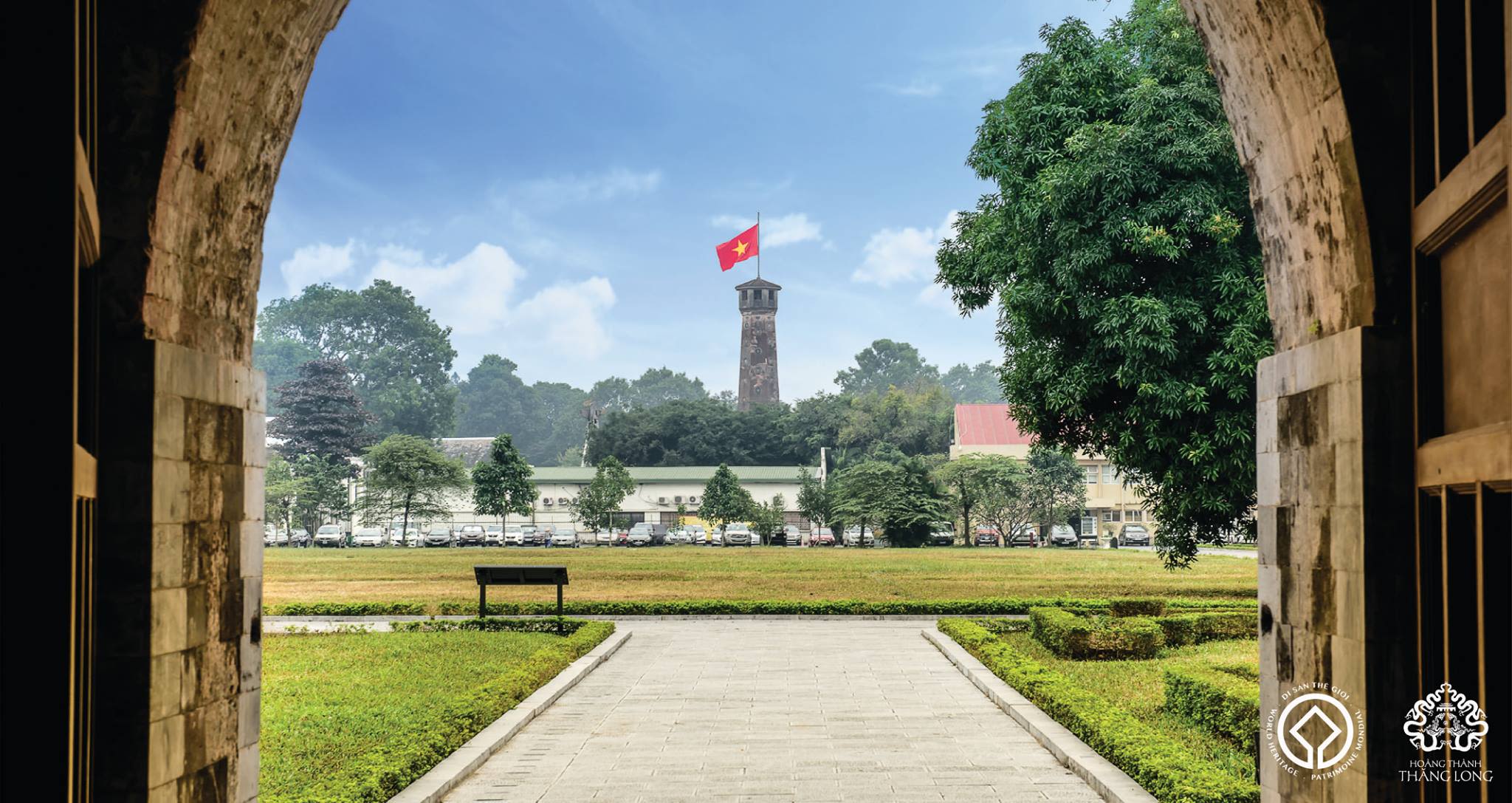
The Flag Tower is 33.4m high, consisting of three bases and a column body. The bases are square pyramids, gradually smaller, overlapping each other, and are built with bricks all around. The first floor is 42.5m long on each side; 3.1m high, with two brick stairs leading up. The second floor, 27m long on each side; 3.7m high, has 4 doors, each door is engraved with Chinese characters such as: "Nghenh Huc" (welcoming the morning light) on the east side, "Hoi Quang" (reflected light) on the west side, "Huong Minh" (facing the light) on the south side, the north door has no inscription. The third floor, 12.8m long on each side; 5.1m high, has a door leading to the stairs facing north. On this floor is the Flag Tower body, 18.2m high; octagonal cylindrical, tapering upwards, each base side is about 2m long.
Inside the body there is a spiral staircase of 54 steps leading to the top, with 39 small asterisk-shaped doors and 6 fan-shaped doors for lighting and ventilation. The top of the Flagpole is constructed into an octagonal tower, 3.3m high with 8 windows corresponding to the 8 sides.
On October 10, 1954, after taking over the capital, the Vietnam People's Army solemnly held a flag-raising ceremony here under the command of Major General Vuong Thua Vu, Chairman of the Hanoi Military Committee.
Currently, Ky Dai is one of five relic sites located on the central axis of the heritage site of the Central Area of the Imperial Citadel of Thang Long, Hanoi, and is a symbol of the capital.
Source: https://special.nhandan.vn/ditichkydai/index.html


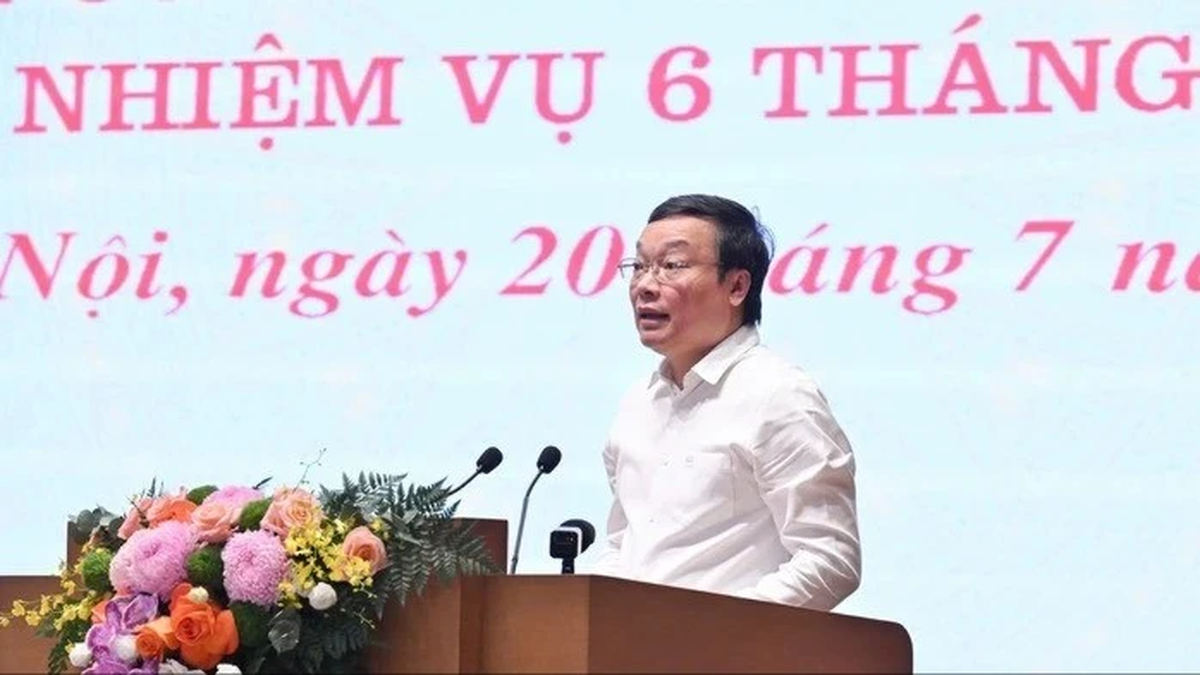
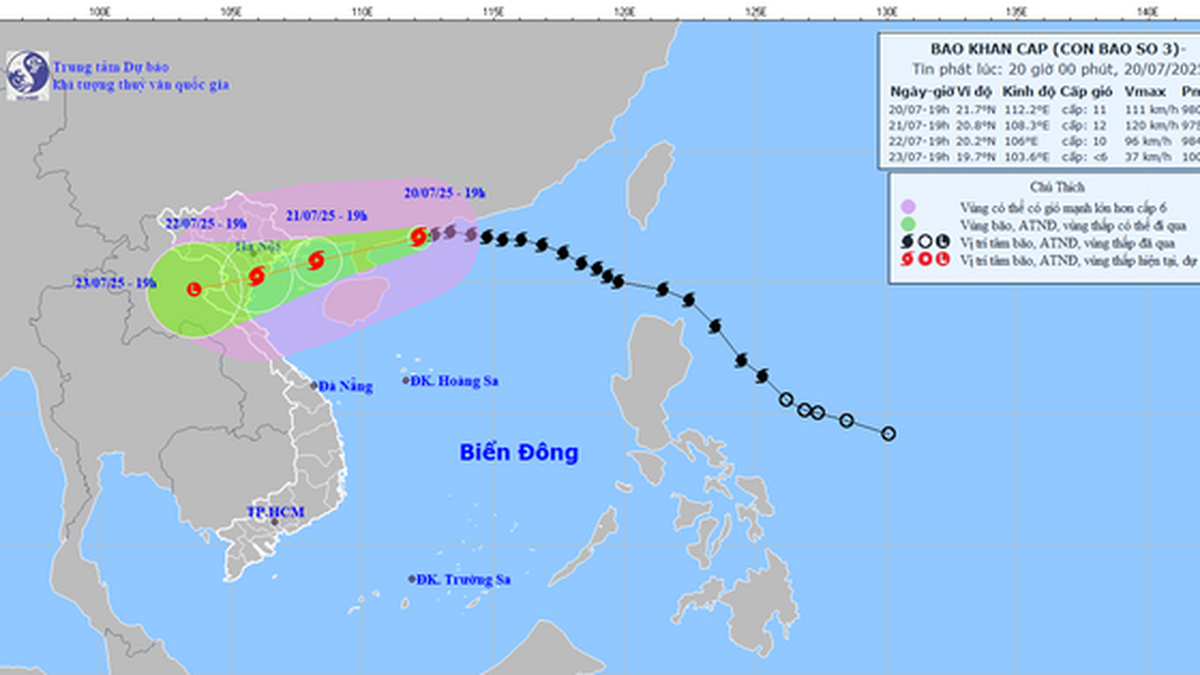




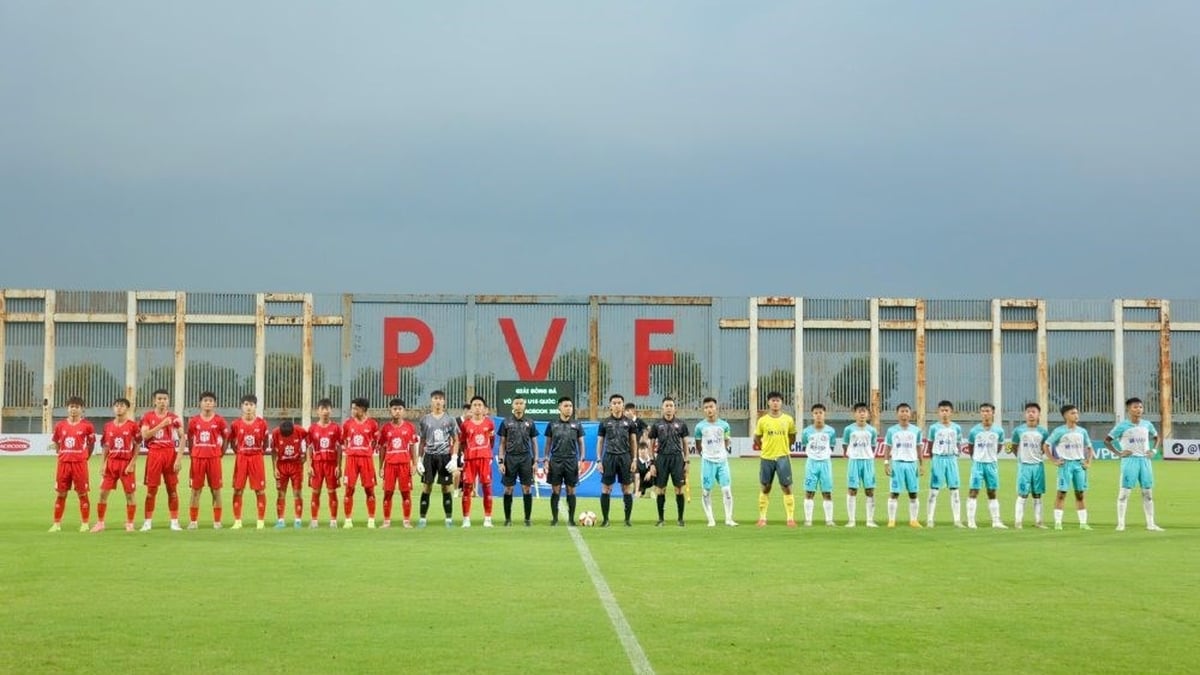


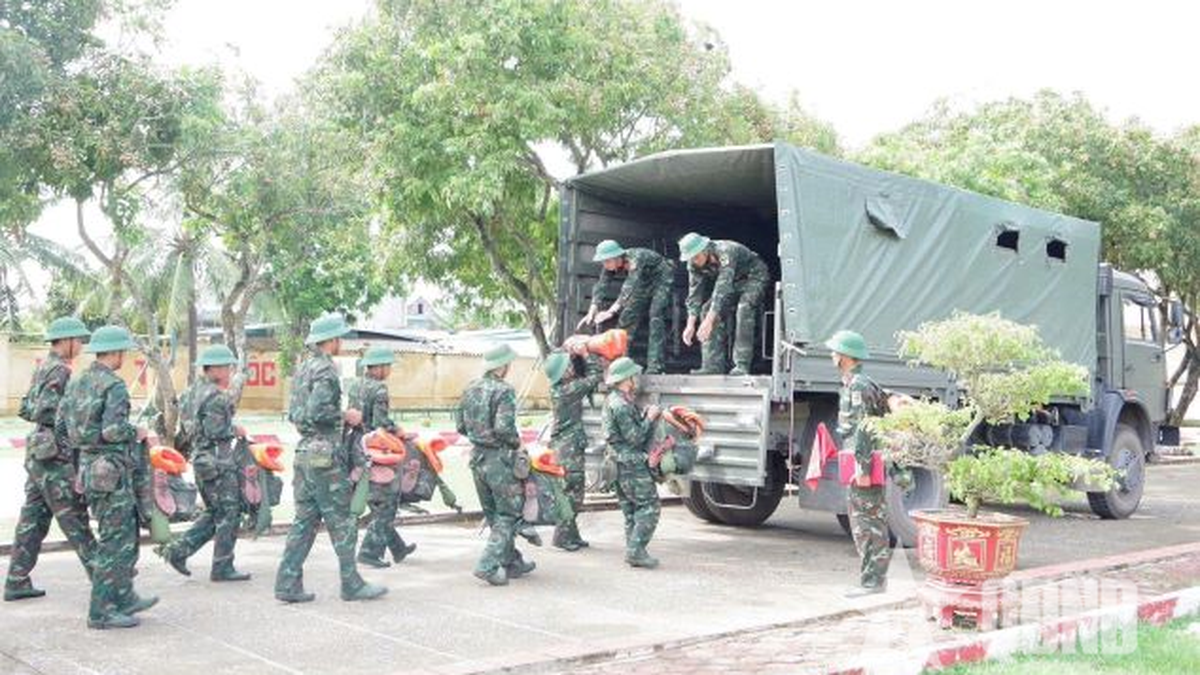












![[Photo] National Assembly Chairman Tran Thanh Man visits Vietnamese Heroic Mother Ta Thi Tran](https://vphoto.vietnam.vn/thumb/1200x675/vietnam/resource/IMAGE/2025/7/20/765c0bd057dd44ad83ab89fe0255b783)








































































Comment (0)